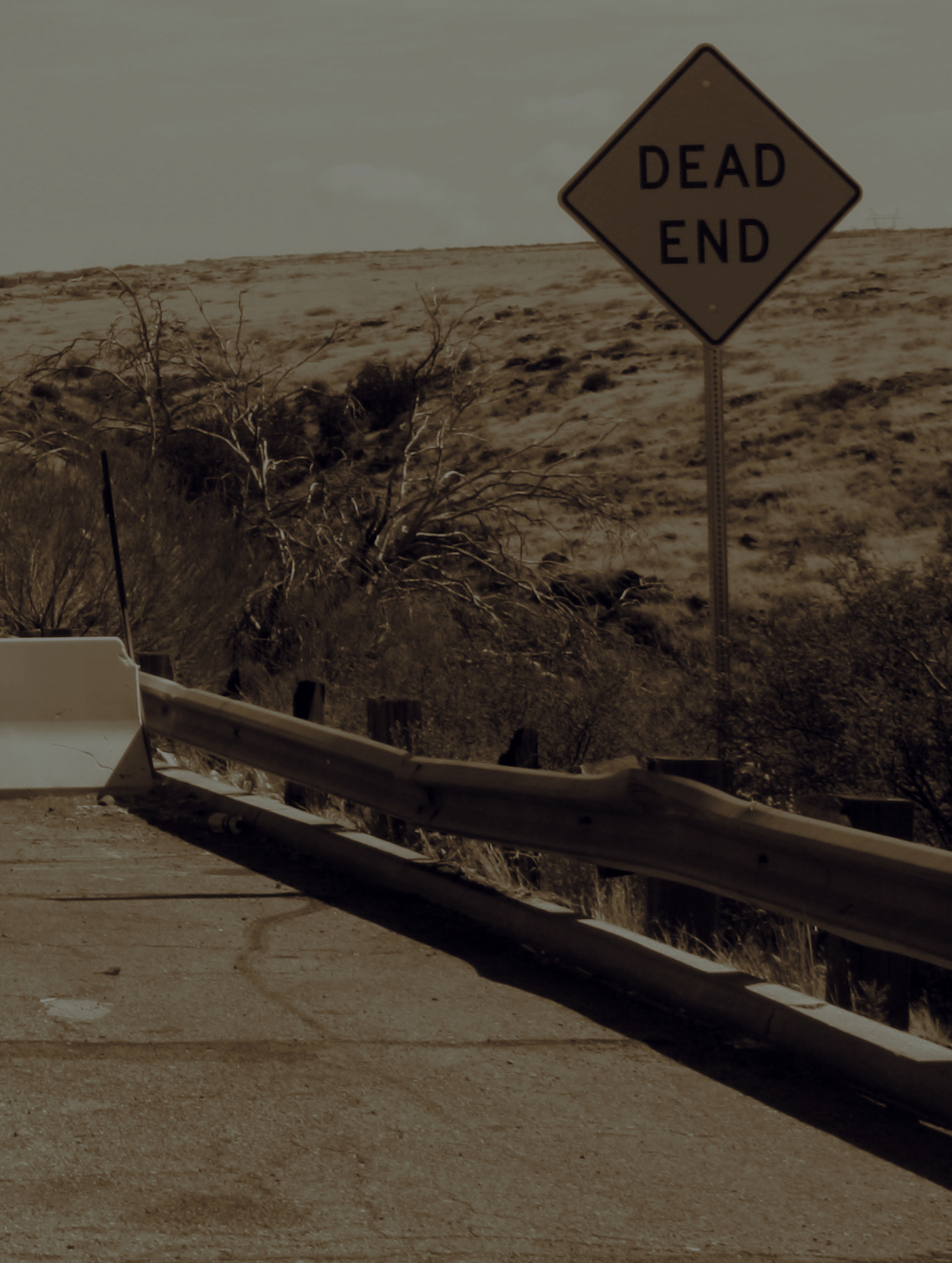One mantra we live by at Hatchit, in both web design and development, is “no dead ends.” We find the most successful and cohesive sites always follow this structure.
What are dead ends?
Dead end roads leave you with no outlet; dead end jobs offer no room for promotion. Dead end webpages (are no different – lost leads, leaving the user with nowhere to go.
Dead ends can be found on text-heavy pages that end without a call to action or in complex navigation that leaves you stranded, with no choice but to start from home again. Every webpage should aim for a conversion of some sort to make the best use of valuable clicks and views, which are increasingly difficult to obtain.
And why are dead ends bad?
Websites serve many purposes–to recruit talent, inform the consumer, ignite a conversation or encourage an email, to name a few. Whatever your goal may be, there is a common thread among them. Websites exist now to make your business better and more successful.
As a web design and development agency, we build the websites that make this possible. Therefore, we must prove the ROI of a good website to business owners with the bottom line in mind. A new website can be a large investment, and the presence of dead ends can discount the time and effort put into the site.
Dead ends frustrate users and give them a reason to leave your site. They waste valuable time that a user will spend on your page, and as such, they waste the resources you put into building that page.
Hatchit wants to change that.
We aim to eliminate this phenomenon from the web, one site at a time. We envision a new web style that is based on interactions, not pages. In fact, we often question the relevance of traditional web page design.
As the Internet ages and smart devices advance, so changes the way people interact with content. Attention spans no longer facilitate text-heavy pages and branching site maps. Research has proven that audiences engage more with graphics and images. Interactions based on animations, pop-ups and other creative graphics keep users entertained and attentive. Simply put, this style is becoming the norm.
As average page views and session durations decrease, these tools help to create a seamless user experience that facilitates smooth travel throughout a site. Taking the work out of website navigation allows the user to move through the site without much thought, leading to longer session durations, more conversions and increased value for the business owner.
